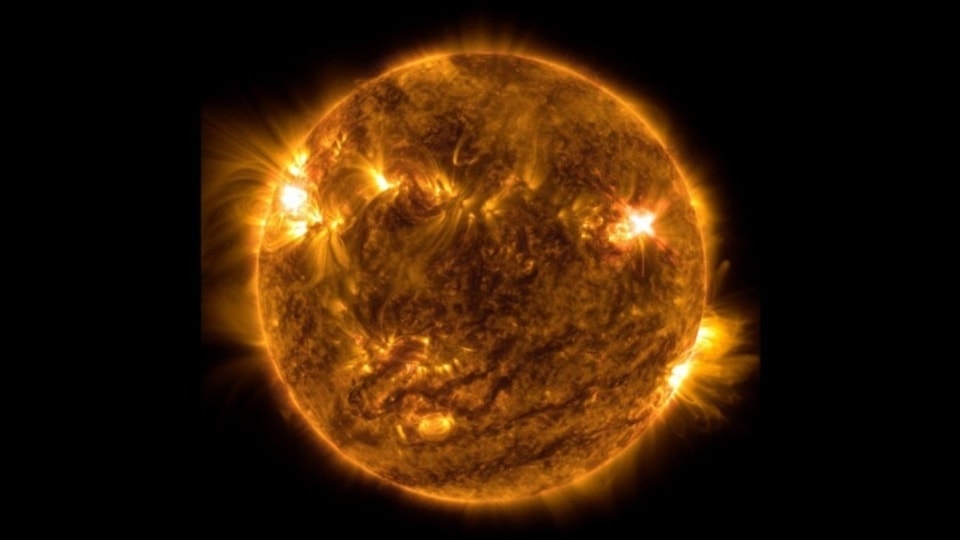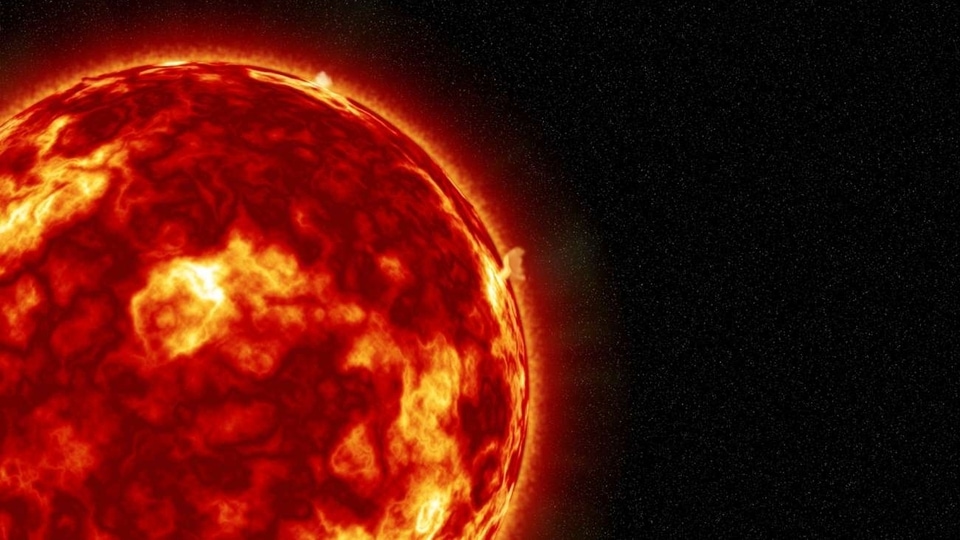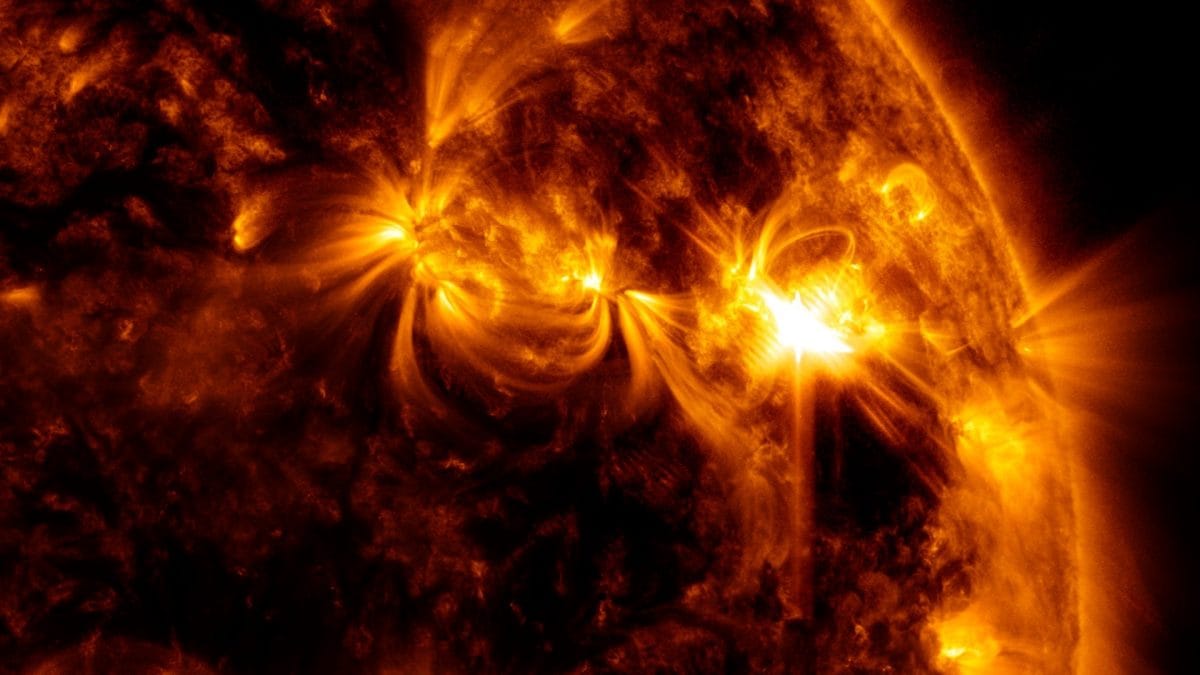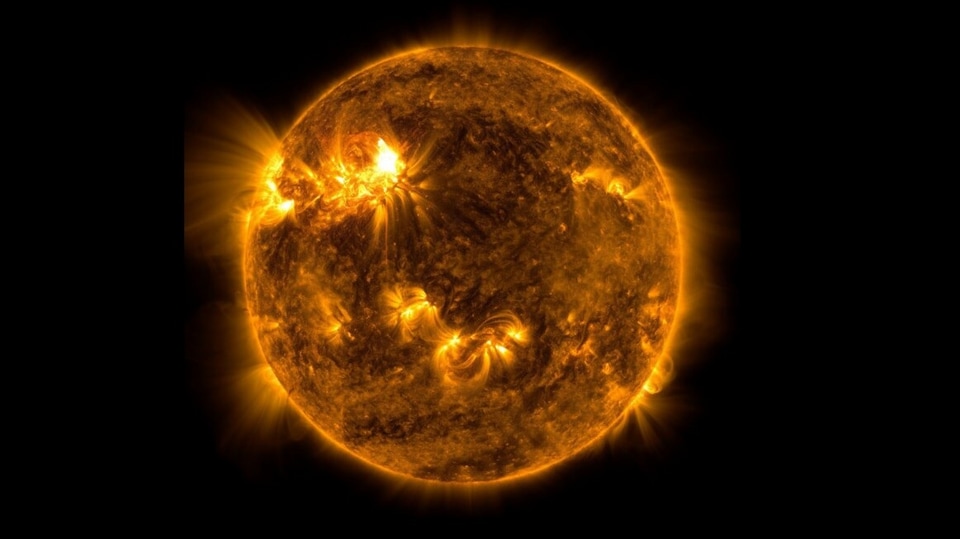Solar flares hurl CME towards Earth! Dangerous Geomagnetic storm to hit soon
NOAA forecasters have revealed that a G-1 class geomagnetic storm is expected to hit the planet in the coming days.






 View all Images
View all ImagesThe Sun is continuing to spew solar flares and the latest one has fired a powerful CME towards Earth. It will buffets the Erath's magnetosphere. According to NASA, "Coronal mass ejections (CMEs) are huge bubbles of coronal plasma threaded by intense magnetic field lines that are ejected from the Sun. CMEs often look like huge, twisted rope, which scientists call 'flux rope'.". If the arriving solar magnetic field is directed southward it interacts strongly with the oppositely oriented magnetic field of the Earth to spark geomagnetic storms. Now, NOAA forecasters have revealed that Earth is at risk of a geomagnetic storm, which could hit the planet in the coming days.
According to spaceweather.com, this G-1 geomagnetic storm is a result of a CME which is expected to hit the planet in the coming days. This CME was hurled towards Earth by an M3.7-class solar flare emitted by the Sun. A Spaceweather.com report said,” Minor G1-class geomagnetic storms are possible on Jan. 4th when a slow-moving CME is expected to hit Earth's magnetic field. It was hurled in our direction by an M3.7-class solar flare in the magnetic canopy of sunspot AR3176 on Dec. 30th.”
What are Solar Flares?
According to NASA, Solar flares are photon flares emitted from the Sun which travel from the flare site. They are ranked by alphabets depending on their intensity with ‘A' being the smallest in intensity and ‘X' being the most dangerous flare. Solar Flares occur due to Coronal Mass Ejections (CMEs) on the surface of the Sun which sends charged photon particles hurtling towards Earth.
However, not all solar flares impact Earth. In fact, these flares only impact the planet when they occur on the side of the sun facing Earth.
About Geomagnetic storms
The Earth's magnetosphere, created by its magnetic field, protects us from most of the particles the sun emits. While Earth's magnetosphere deflects most solar activity carried by the solar wind, some charged particles seep through. These energetic particles cause magnetic disturbances, classified as either geomagnetic storms or substorms. These storms can cause stunning sky phenomena known as Auroras or Northern Lights.
When solar particles hit Earth, human activity, such as radio communications and the power grid, is affected. It can cause power and radio blackouts for several hours or even days. However, electricity grid problems occur only if the solar flare is extremely large.
Catch all the Latest Tech News, Mobile News, Laptop News, Gaming news, Wearables News , How To News, also keep up with us on Whatsapp channel,Twitter, Facebook, Google News, and Instagram. For our latest videos, subscribe to our YouTube channel.

























